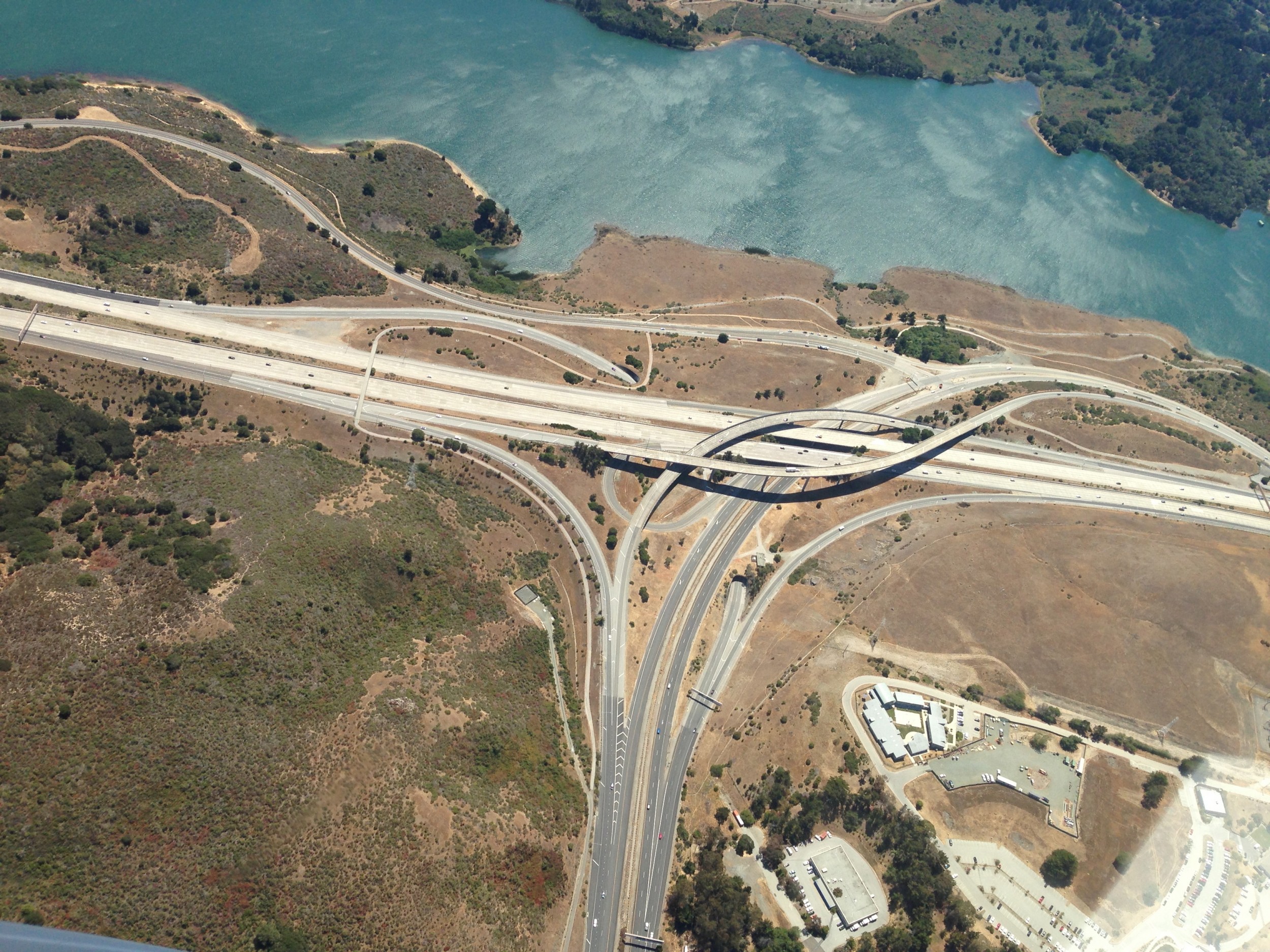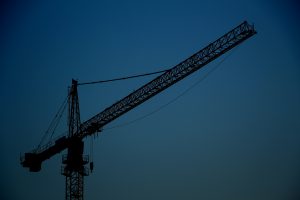Ever since 2011, there has been an 80-acre site in Wheat Ridge that has gone unused. It was originally to be the home of a 185,000 square foot Cabela’s store and showroom, but the retailer backed out of their decision to go forward building on that space. For five years the land went unused until it was picked up by a Phoenix based real estate group called Evergreen Devco who are very excited about contributing to the area.
“It’s very well-located real estate being at the intersection of the two highways, and we love the visibility and access. It’s an important piece of property for the city, and we want it to be sustainable for the community long-term,” said Evergreen’s Tyler Carlson.
Evergreen held a community meeting at the end of 2016 where they announced their tentative plans for the space, which was to be used for residential units, an office complex, and a Super Walmart. Since then, Evergreen and the city have shared that Walmart may no longer be part of the plan.
Wheatridge’s city manager Goff said that “the biggest (change) is that Walmart is uncertain about whether they will be apart of the development now. It’s just part of the current retail market. The internet is taking over. Amazon is taking over.” With that in mind, the city is looking for alternatives in case Walmart doesn’t come through.
Another change is in the amount of space intended for office and housing space. Originally, 10 acres were to be used for housing and 30 for offices. However, the revised plan now has 15 acres for housing and 25 for an office complex owned by a Denver area employer.
Construction is set to begin in the fall of this year, starting with “hook ramps” being built onto I-70, with buildings going up in 2018. All that’s left is for the new plan to be approved by City Council and the city’s planning commission.
“It’s really not changing all that much from what we thought it was going to look like,” Goff said. “We’re excited it’s getting much closer to the finish line than it has been in a long time.”




